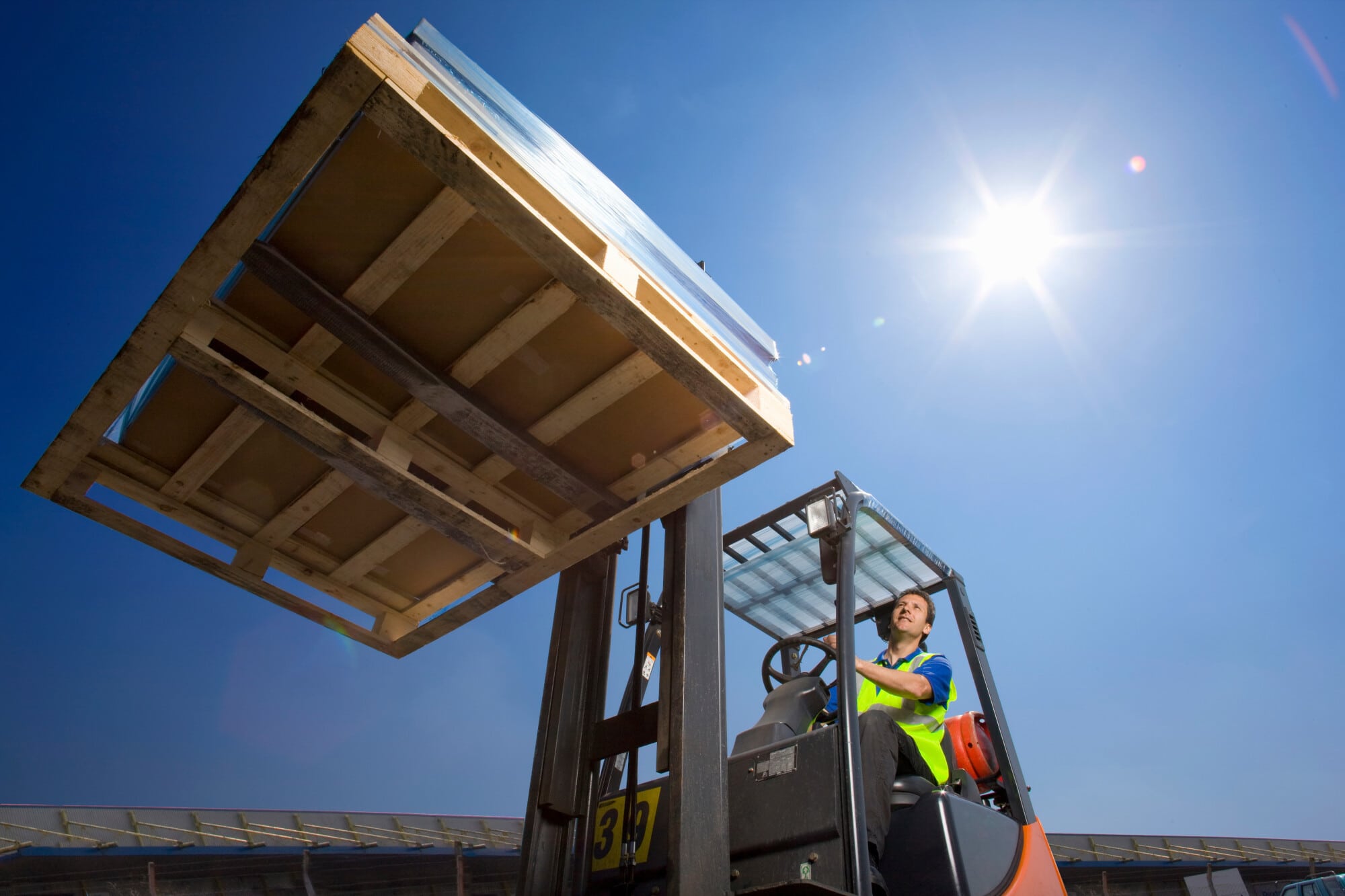Are you one of the 32.6 million businesses in America? You may depend on a forklift if you are responsible for moving inventory. But if your employees aren’t well-versed in the latest safety measures, you risk injuries on the job.
Keep reading to learn about six ways to improve safety when using a forklift!
1. Inspect Equipment Before Use
Before using a forklift, it’s wise to do a visual inspection. This can include checking the tires for signs of excessive wear and looking for oil leaks. The operator also should look for cracks, dents, or other visual indications of damage to the frame.
On top of that, the operator should test the horn and brakes. And, of course, it’s wise to look at the forks to ensure they are straight and ready to go.
2. Require Certification
One of the best ways to improve safety is by mandating a certification program. Forklift training courses that meet OSHA requirements will keep your operators safe. Best of all, you can find courses covering anything from sit-down forklifts to electric pallet jacks.
Make forklift training part of onboarding for new employees. And require a refresher every three years to ensure that employees know the latest changes.
3. Use Clear Signs
When it comes to forklift safety tips, signage is vital. Use bold, clear signs in colors like yellow or red to indicate spaces where forklifts will be moving. Since it can be difficult to see around corners in full warehouses, forklift stencils or signs are vital warning signs.
In addition to signage, use tape to mark routes and hazards. This will help operators avoid high-traffic areas and keep other workers alert, as well.
4. Limit Distractions
The operator should be the only person in the driver’s seat of a forklift. Don’t let people abuse the forklift and use it for rides or other purposes unrelated to the job.
Also, it’s best to keep food and phones out of the forklift. It’s too easy for devices and snacks to turn into dangerous distractions.
5. Check for Balanced Loads
Drivers must carry a balanced load when loading bulky crates or other materials. Otherwise, there is a risk of tipping over the forklift. Drivers should aim to keep the forks lower to maximize load stability.
Be sure that loads are strapped securely before moving the forklift, too. And weigh items so that the forklift is not exceeding its capacity.
6. Ask Drivers for Regular Feedback
Ultimately, the operators are the ones who will have the best perspective on forklift safety. Have managers schedule regular meetings with operators. Create a culture that encourages communication.
Operators should feel confident suggesting adjustments to routes or load distribution. Or they may notice erratic driving or other issues related to equipment maintenance.
Improve Safety with a Forklift
You can improve safety using a forklift by committing to daily inspections and ongoing maintenance. Encourage operators to communicate concerns, and use a training course to ensure your operators are prepared.
When you’re ready to get the forklift training or equipment you need, contact us so we can help!

